As summer approaches and the threat of hurricanes looms large, it’s important to make sure you know how to stay safe in case a hurricane turns toward your area. A big part of preparation is being aware of when one might be headed your way – after all, knowledge is power! One tool you should pay attention to is the Hurricane Local Statement issued by the National Weather Service.
This statement offers up-to-date information on approaching storms as well as advice for what steps people in affected areas should take. Understanding this document can help ensure that each person stays safe during hurricane season. Read on to learn more about these statements and how they can keep you informed and protected!
Table of Contents
What Is A Hurricane?
A hurricane is a type of tropical cyclone, which is an organized system of clouds and thunderstorms that produce strong winds and heavy rain. Hurricanes form over warm ocean waters in the summer months, usually in the months of June, July, August and September. The word “hurricane” originates from the Spanish language where it was originally called huracán (derived from Mayan word Hurakan), meaning storm god or spirit of the wind. [1]
Hurricanes are categorized on the Saffir-Simpson Hurricane Wind Scale based on their maximum sustained winds:
- A Category 1 hurricane has wind speeds between 74 to 95 mph;
- A Category 2 hurricane has wind speeds between 96 to 110 mph;
- A Category 3 hurricane has wind speeds between 111 to 129 mph;
- A Category 4 hurricane has wind speeds between 130 to 156 mph;
- A Category 5 hurricane has winds exceeding 157 mph (252 km/h).
Hurricanes can cause a variety of impacts on land, including storm surge, flooding, high winds and tornadoes. They can also cause loss of life and significant damage to buildings, infrastructure and natural ecosystems. The best way to protect yourself from hurricanes is to be prepared by having an evacuation plan in place and listening to the advice of local authorities. Be sure to stay informed about hurricane watches and warnings as they are issued by your local National Weather Service office. Knowing what steps you should take before, during and after a hurricane will help ensure your safety. [2]
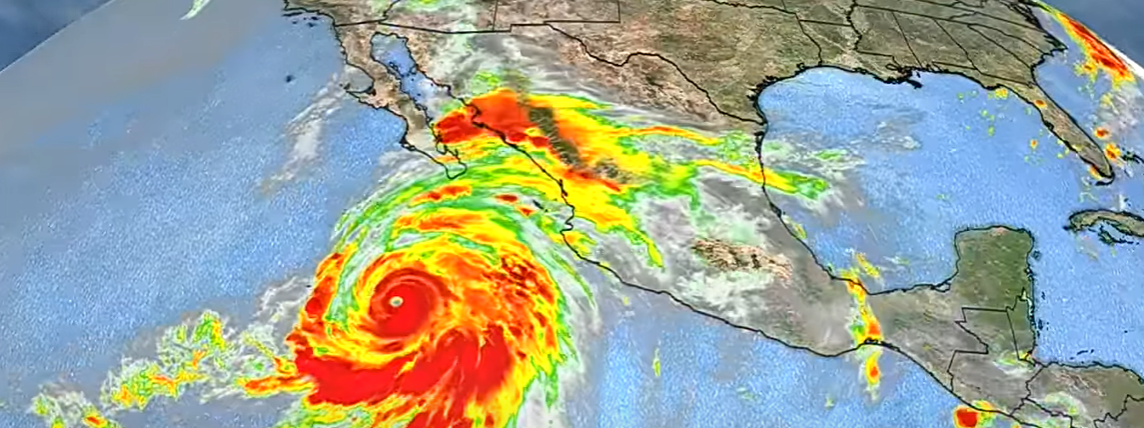
Which Conditions Cause A Hurricane To Progress?
The conditions that cause a hurricane to form and progress are complex and involve a combination of factors. The most important factor is warm ocean waters, which provide the heat energy needed to fuel the storm. [3]
Additionally, when hurricanes move over warmer water or land with high humidity levels, they can gain strength rapidly, becoming even more destructive than before. [4]
Unfortunately, due to climate change, hurricanes are becoming more intense and frequent in many parts of the world. As a result, it is important for us to be prepared for them by having evacuation plans and taking appropriate safety measures.
Strongest Hurricanes Rating
- Category 5: Category 5 hurricanes are the strongest and most destructive storms on earth. Wind speeds reach 155 mph (249 km/h) or higher, with massive storm surges that can cause catastrophic damage to homes and businesses. These storms often have a devastating impact on coastal communities, as well as inland areas up to hundreds of miles away from the coast. Hurricanes in this category are usually named after very strong people or places, such as Katrina or Irma.
- Category 4: Category 4 hurricanes are also incredibly dangerous events and usually bring winds from 130-156 mph (209 – 251 km/h). A storm surge of up to 20 feet (6 meters) is possible, as well as tremendous flooding and damage to buildings. Category 4 hurricanes usually cause massive evacuations of coastal communities, as they often cause long-lasting destruction and disruption to people’s lives.
- Category 3: Category 3 storms are considered major hurricanes, due to their intense wind speeds (111-129 mph/179 – 208 km/h) and potential for extensive flooding. Storm surges caused by these storms can reach up to 9 feet (2.7 meters), while rainfall totals may exceed 15 inches (380 mm). The winds associated with a Category 3 hurricane are strong enough to damage homes, down trees, cause power outages, and disrupt transportation systems.
- Category 2: While still dangerous, Category 2 hurricanes are slightly less severe than the previous categories, with wind speeds between 96-110 mph (154 – 177 km/h). Storm surge heights of up to 6 feet (1.8 meters) are possible, while rainfall totals may reach 8 inches (200 mm). This type of storm can cause a significant amount of damage if it makes landfall near populated areas.
- Category 1: Category 1 hurricanes are the least intense of all hurricane categories and bring winds between 74-95 mph (119 – 153 km/h). The storm surge associated with them is usually around 4 feet (1.2 meters), while rainfall totals can exceed 4 inches (100 mm). These storms rarely cause major destruction when they make landfall, but they still have the potential to cause flooding, power outages, and disruption to local communities. [5]
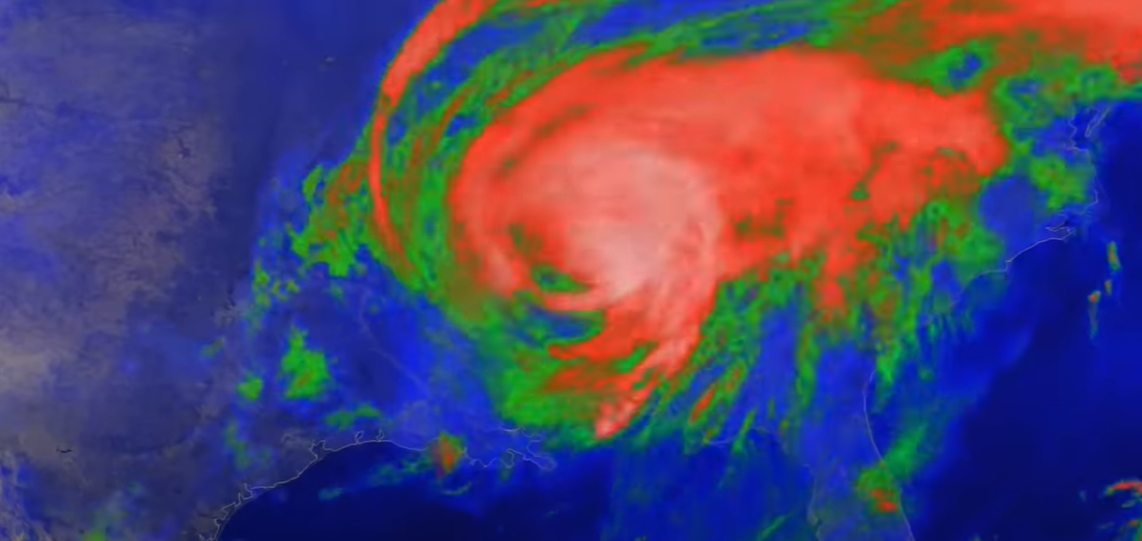
There are also:
- Tropical Storm – have wind speeds below 74 mph (119 km/h) and are not considered to be hurricanes. They can still cause significant destruction through heavy rainfall and storm surge, however, and should not be underestimated. These storms are usually named after people or places that are associated with the area they affect.
- Subtropical Storm – are similar to tropical storms, but the structure of their winds is more organized. They usually have wind speeds between 39-73 mph (63 – 118 km/h), and can bring heavy rain and flooding as well. While not as destructive as hurricanes, subtropical storms should still be taken seriously and avoided when possible. [6]
How To Receive A Hurricane Warning?
A hurricane warning is an alert issued when a hurricane is either about to make landfall or has already made landfall and poses a threat to life and property. When a hurricane warning is issued, it is important that you take immediate action in order to stay safe. Here are some steps you should take when receiving a hurricane warning:
- Listen to your local radio, television stations, or NOAA Weather Radio for information about the storm’s progress.
- Identify your safest location in the home such as an interior room with no windows and away from doors and windows.
- Prepare an emergency supply kit that includes flashlights, extra batteries, first aid supplies, medications, non-perishable food items, and a supply of drinking water.
- If time permits, secure your property outside the home by bringing in outdoor furniture, disconnecting electrical appliances, and securing shutters or boards over windows.
- Follow any evacuation orders issued by local authorities as soon as possible to ensure your safety.
- Monitor updates on the storm from reliable sources such as the National Hurricane Center or local emergency management offices for further instructions on how to best prepare yourself and stay safe during the hurricane event.
- Remain indoors until all warnings have been lifted and it is safe to go outside again. [7]
By following these steps when receiving a hurricane warning, you can help protect yourself and your family against potential harm from the storm.
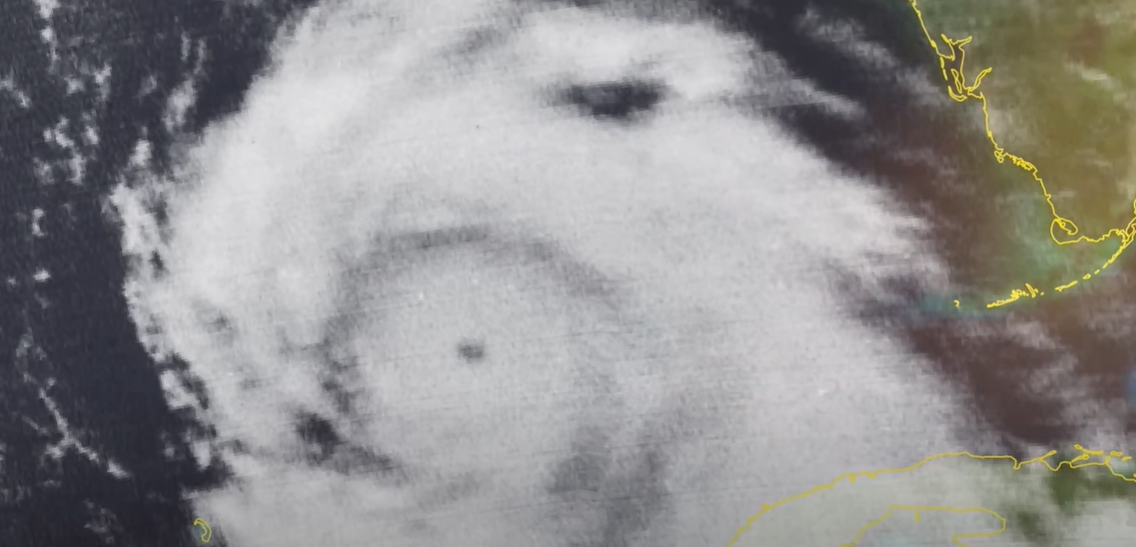
What Is A Local Hurricane Statement?
A local hurricane statement is a notice issued by the National Weather Service (NWS) to provide an update on a tropical cyclone occurring within their immediate area. It will contain information such as advisories, forecasts, observations, warnings and watches for that specific storm system.
Local hurricane statements can be found on the NWS website or social media accounts, as well as in local newspapers and radio broadcasts. The goal of these statements is to equip those in the area with all the necessary information they need to prepare for potential impact from a tropical cyclone. In addition to giving details of the current status of the storm, local hurricane statements also provide guidance about what steps should be taken. [8]
What Areas Are Most Susceptible To Hurricanes?
The areas that are most susceptible to hurricanes are coastal regions and those near large bodies of water. This includes the Gulf Coast of the United States, the Caribbean, Central America, and parts of South America. Coastal communities in these areas are at risk for being hit by severe storms due to their proximity to water and susceptibility to changing wind direction and speed. [9]
In addition, low-lying islands can be particularly vulnerable as they may not have access to large-scale protective measures like levees or dams that could protect them from rising sea levels associated with storm surges. Additionally, increased population density in certain coastal regions can also increase the risk of hurricane damage due to more people living closer together in a single area which puts greater stress on existing infrastructure and resources.
Additionally, local governments should ensure that they have adequate infrastructure in place to respond quickly and efficiently in times of need. With this greater knowledge of risk factors, individuals and communities can work together to reduce their vulnerability to natural disasters like hurricanes.
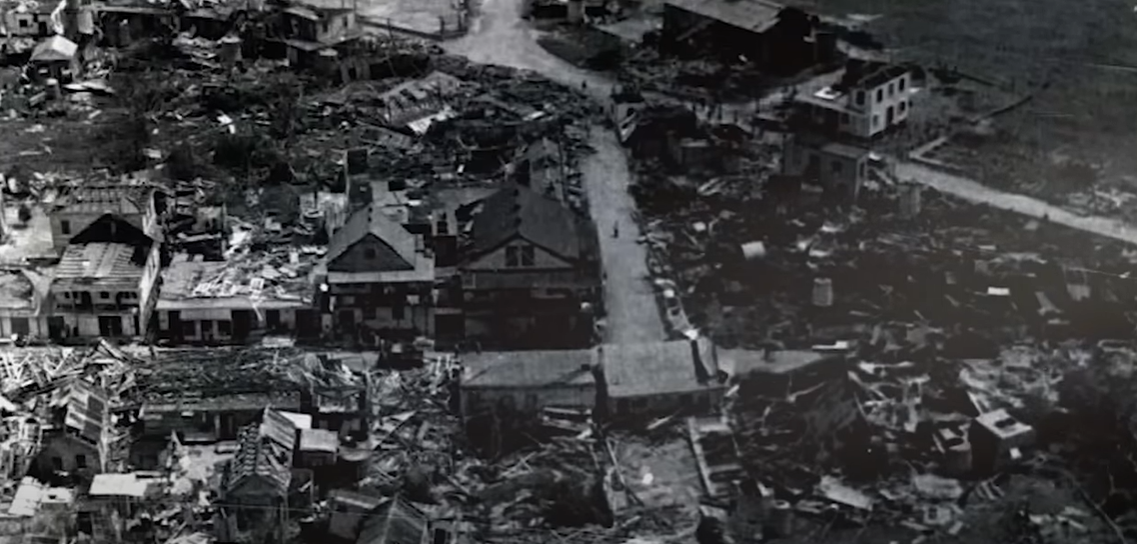
Preparing For A Hurricane: What Do You Need To Know?
The most important thing to know when preparing for a hurricane is the evacuation plan. You should make sure your family has an evacuation plan in place, and that everyone knows what they will do if an evacuation order is issued.
Make sure you have all the necessary supplies on hand before a storm hits, including non-perishable food items, medications, flashlights, extra batteries, and other emergency supplies.
It’s also important to understand the different types of hurricanes and their potential hazards. Hurricanes are classified as either Category 1 (the least severe) or higher up to Category 5 (the most severe). Be aware of the potential risks associated with each category and take steps to protect yourself accordingly.
Make sure you stay informed about the hurricane’s forecast before, during, and after the storm. Pay close attention to any warnings issued by local government or emergency management teams. Monitor weather conditions and be prepared to act quickly if necessary.
You should also take steps to protect your property from potential damage. Secure loose items outside, such as patio furniture, umbrellas, grills, etc., and consider bringing indoor items that could be damaged by flooding into a safe location. If possible, turn off water and electricity in areas that could become flooded and check for signs of structural damage like sagging roofs or cracked walls.
Finally, make sure you have an emergency contact list ready in case of evacuation or other emergencies — include family members, friends, neighbors, and any other contacts you may need. [11]
By taking these steps to prepare for a hurricane, you can help ensure the safety of yourself and your family during this unpredictable weather event. Stay safe!
What Needs To Be In An Emergency Kit In Case Of A Hurricane?
- Water: Make sure to include enough bottled water for drinking, sanitation, and food preparation of at least one gallon per person per day for three days.
- Non-Perishable Food: Include foods that require no refrigeration, preparation or cooking such as canned meats, fruits, vegetables and soups; peanut butter; protein or fruit bars; dry cereal and crackers; nuts; trail mix; cookies; jerky; powdered milk; etc.
- First-Aid Kit: Even if you don’t know how to use the items in a first-aid kit, it is important to have one in case of an emergency or injury. Basic first aid supplies should include bandages, gauze, cotton swabs, antibiotic ointment, antiseptic wipes, tweezers, scissors and other supplies.
- Flashlights: Make sure to include enough flashlights for each person in your family as well as extra batteries.
- Portable Radio: Have a portable radio so you can stay up-to-date with the latest weather information and emergency instructions issued by local authorities.
- Battery-Operated Cell Phone Charger: Keep an external battery charger in your emergency kit to keep cell phones charged in case of power outages or failed landlines.
- Multi-Purpose Tool: A multi-purpose tool should include a knife, pliers, screwdrivers and scissors.
- Whistle: A whistle can help indicate to rescue teams that you are in need of assistance if you become stranded.
- Local Maps: In case power is out and digital maps or GPS are not available, it is important to have up-to-date paper maps of the local area for navigation purposes.
- Medications: Include a three day supply of any medications needed by family members as well as copies of prescription information and medical insurance cards.
- Emergency Contact Information: Have a list of emergency contacts such as close friends and family in case communication lines get disrupted during the storm, as well as contact numbers for your local police department and fire station. [11]
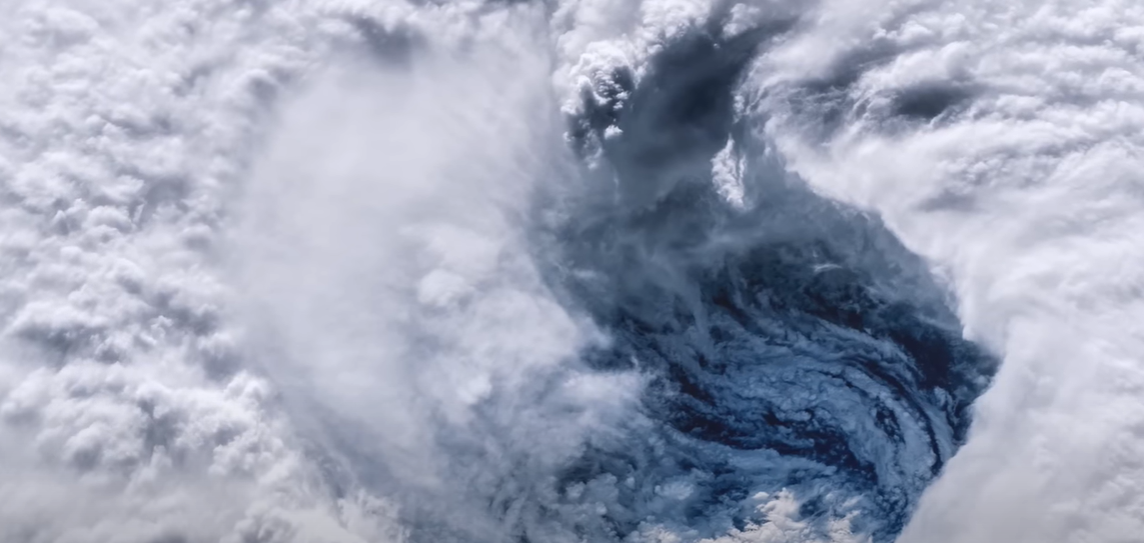
What Damages Can a Hurricane Cause?
A hurricane can cause immense destruction in its path, both directly with its winds and indirectly with heavy rainfall. Wind damage from a hurricane can range from minor roof damage to the complete destruction of homes and buildings.
Hurricanes also bring an abundance of rain, which can lead to flooding and other water-related issues such as mudslides. Smaller objects like outdoor furniture, vehicles, trees, power lines, or street signs may be uprooted by the storm’s winds.
Flooding associated with a hurricane can be especially destructive as it could cause severe property damage due to water entering homes and businesses. This water-damage often leads to mold build-up and other health hazards that follow after the immediate storm has passed. In some cases the flooding is so severe that it can damage or even cut off access to resources such as electricity, water, and gas. Not only does this damage infrastructure, but it also disrupts the lives of those affected by the hurricane. In addition to these physical effects, hurricanes can cause a great deal of emotional stress and trauma on people in their path.
Overall, hurricanes are capable of causing immense destruction to both property and people. It is important for anyone living in an area likely to be hit by a hurricane to take all necessary precautions before one arrives. This will help minimize any potential destruction caused by the storm and make recovery afterwards easier. Preparation cannot always protect against every disaster brought on by a hurricane but taking the right steps can often save lives. [12]
Does Weather Radio Help When a Hurricane Occurs?
Weather radio can be an invaluable tool when a hurricane is occurring or about to occur. When severe weather strikes, the National Oceanic and Atmospheric Administration (NOAA) issues alerts that are broadcasted locally through the Emergency Alert System (EAS). If you have a weather radio, you will receive these alerts as they are sent out, allowing you to stay updated on the latest developments and take appropriate action if necessary.
Weather radios also come equipped with an alarm feature that will alert you when a hurricane watch or warning is issued for your area. This way, even if you are sleeping or away from home, you can be certain to receive the alert in time and take the necessary precautions. [13]
In conclusion, weather radios can serve as a valuable tool during hurricanes and other severe storms by providing continual updates about storm development and any safety information needed to protect yourself and your loved ones. Investing in one of these devices could potentially make all the difference during a hurricane emergency situation.
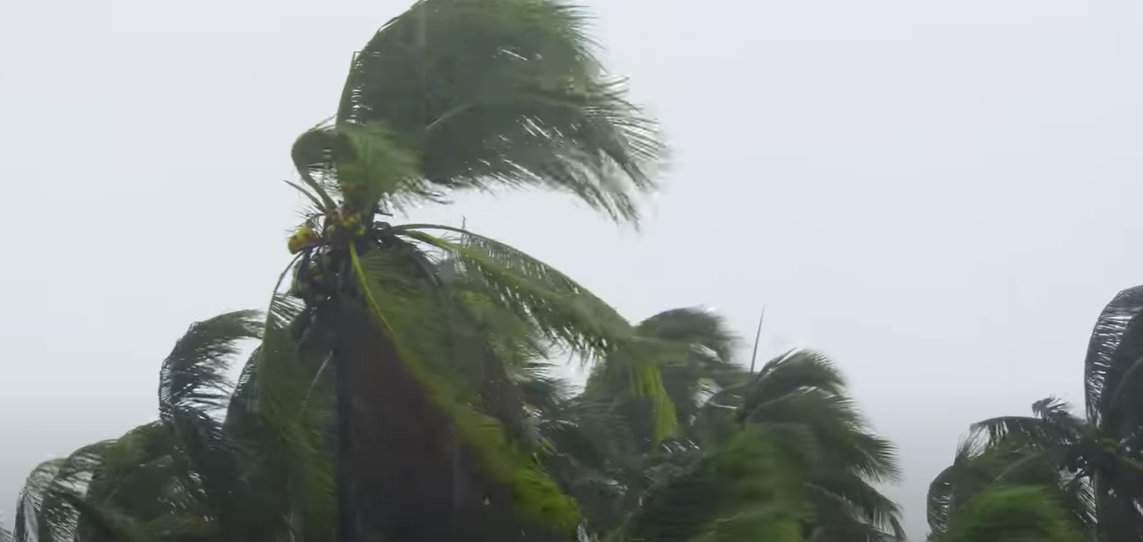
10 Facts About Hurricanes You Need To Know
- A hurricane is a type of tropical cyclone, which forms over warm ocean waters in the tropics.
- They are characterized by strong winds with gusts over 74 mph and heavy rain.
- Hurricanes can cause significant damage due to high winds and flooding from storm surge and heavy rainfall.
- The most dangerous part of a hurricane is its eye wall, which contains the strongest wind speeds and heaviest rains located just outside the calm center of circulation known as the eye.
- Hurricanes form when warm moist air rises, increasing pressure and forming thunderstorms that can rise up to 20 miles high or more into the atmosphere where they begin to rotate around an area of low pressure at their center called the “eye” of the storm.
- Hurricanes need at least 26°C (79°F) water temperatures and typically grow in size when traveling over warmer waters.
- The Saffir-Simpson scale is used to measure hurricanes based on their wind speed, with Category 5 being the most severe and causing catastrophic damage.
- The cyclone stage of a hurricane is when it has achieved maximum sustained winds of at least 74 mph that will cause significant impact if not prepared ahead of time.
- Hurricanes dissipate or weaken when they move over land, colder ocean waters or areas with dry air as they lose their source of energy which comes from warm moist air rising off the ocean.
- NOAA’s National Hurricane Center (NHC) issues regular advisories and forecasts to help people prepare for and stay safe during hurricanes. [14]
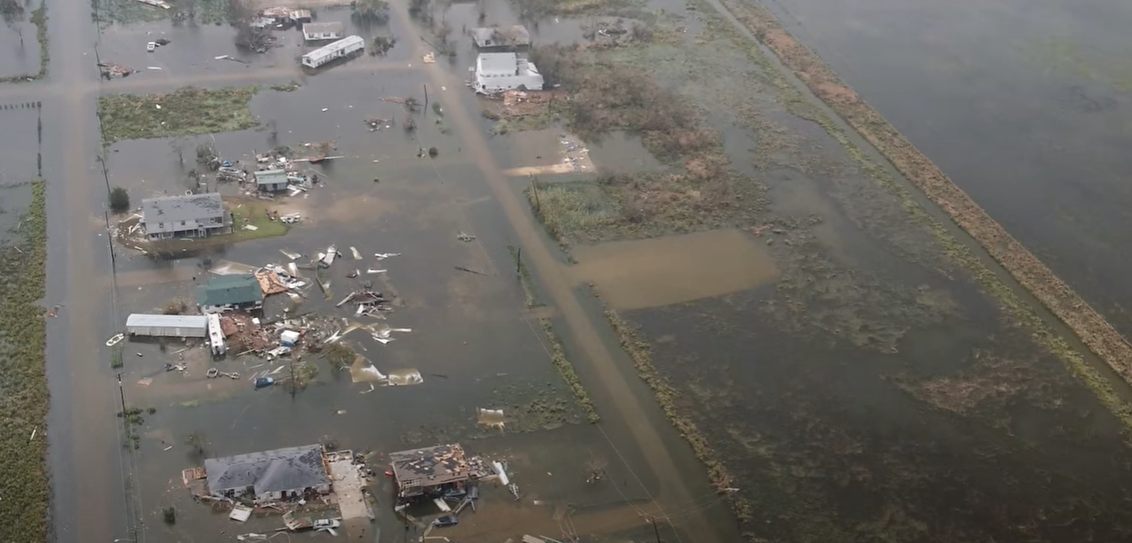
FAQs
What is hurricane general info?
Hurricane general info provides information about hurricanes, including their formation and development, impacts on communities, safety tips, and more. It also includes resources for preparing for hurricanes before they strike, such as evacuation plans and emergency supplies. It is important to have the latest information about hurricane activity in order to make informed decisions when it comes to your safety. The National Hurricane Center (NHC) is one of the best sources of hurricane information available. The NHC website provides detailed forecasts, advisories from experts, satellite images, storm track maps, and other useful resources. Additionally, many local governments provide emergency alert systems that can be used to stay updated with the latest hurricane news.
What is the meaning of the tropical cyclone statement?
The tropical cyclone statement is an official warning issued by the NWS that a tropical cyclone, such as a hurricane or typhoon, may pose a threat to life and property in the affected area. The statement outlines any current watches and warnings, along with other relevant information about the storm including its location, direction of movement, and expected intensity. This information helps people make appropriate decisions related to evacuations, sheltering in place, and take other necessary precautions.
What to do during a hurricane?
When a hurricane is approaching, it is important to be prepared. Listen to local news and weather reports for the latest updates on the storm’s track, strength, and size. Follow any orders from local officials regarding evacuations or other emergency measures. Gather food, water, medications, flashlights with extra batteries, and other essentials that will last several days in case of power outages or evacuation scenarios. Have an emergency plan for your family, including escape routes and rendezvous points in case you get separated. Stay indoors until the storm has passed and it is safe to go outside again.
What is the difference between a tropical cyclone and typhoon?
The most obvious difference between a tropical cyclone and typhoon is the location in which they form. Tropical cyclones form over the warm waters of the Atlantic, Pacific, and Indian Oceans, while typhoons are found mainly in the western Pacific Ocean. Additionally, tropical cyclones are typically weaker than typhoons due to the fact that they lack an intense low-pressure core like typhoons do. A third distinguishing factor is that tropical cyclones generally have higher wind speeds throughout their entire lifespan compared to typhoons, which tend to decrease as they make landfall.
Useful Video: Coastal communities brace for Hurricane Hilary
The Bottom Line
In conclusion, proper precautions and warnings should be taken seriously when a hurricane is near. Keeping yourself up to date on weather forecasts is important and will not only keep you safe, but also your loved ones. Always have an evacuation plan ready to go if needed; having a few days worth of supplies for your family can help in the event of any kind of disaster. It’s vital to stay informed, either through news outlets or NOAA hurricane safety guides. Be safe, be prepared and take caution!
References:
- https://oceanservice.noaa.gov/facts/hurricane.html
- https://www.rmets.org/metmatters/what-hurricane
- https://oceanservice.noaa.gov/facts/how-hurricanes-form.html
- https://scijinks.gov/hurricane/
- https://nchh.org/information-and-evidence/learn-about-healthy-housing/emergencies/hurricanes/categories-of-hurricanes/
- https://www.weather.gov/source/zhu/ZHU_Training_Page/tropical_stuff/sub_extra_tropical/subtropical.htm
- https://www.fortlauderdale.gov/government/departments-a-h/fire-rescue/emergency-services/hurricane-preparedness/during-a-hurricane-warning
- https://monsoonsafety.org/what-is-a-hurricane-local-statement-and-what-does-it-mean/
- https://universalproperty.com/united-states-where-hurricanes-hit-most/
- https://www.cdc.gov/disasters/hurricanes/before.html
- https://www.hopkinsmedicine.org/health/wellness-and-prevention/packing-a-hurricane-emergency-supply-kit
- https://scied.ucar.edu/learning-zone/storms/hurricane-damage
- https://ccrane.com/hurricanes-and-how-radios-are-essential-in-times-of-emergency/
- https://www.funkidslive.com/learn/top-10-facts/top-10-facts-about-hurricanes/

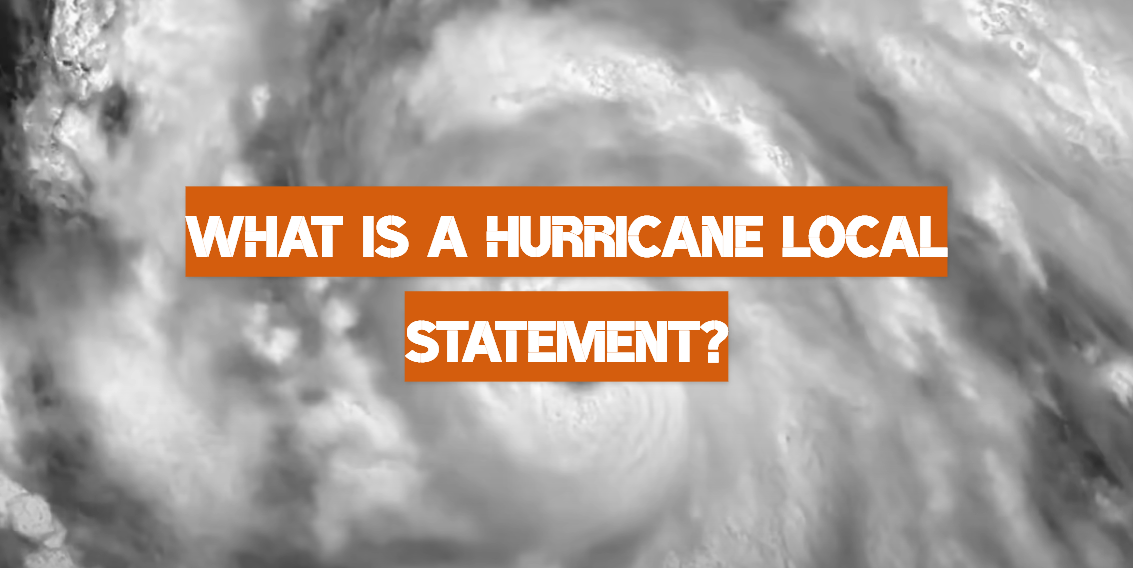
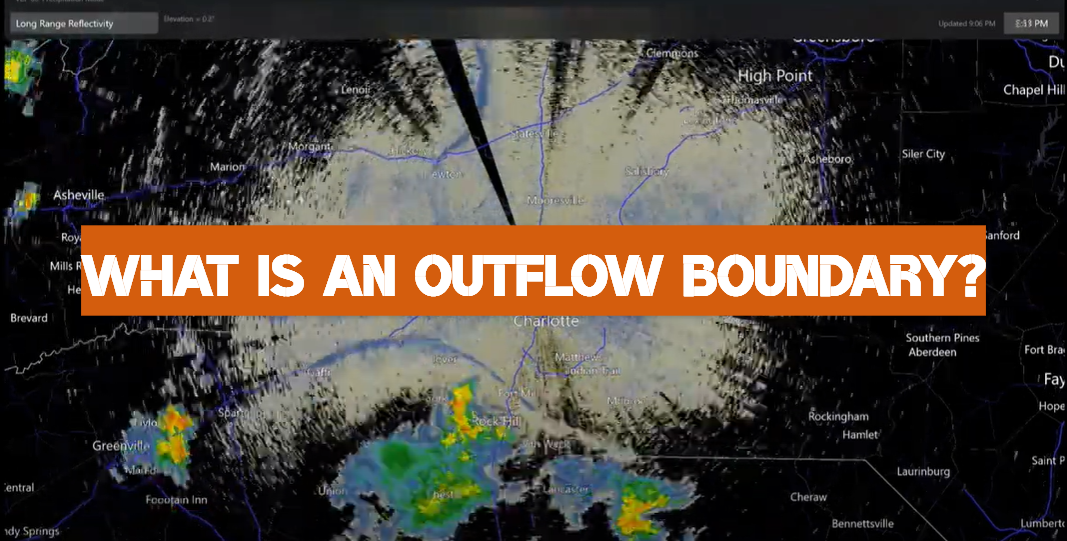
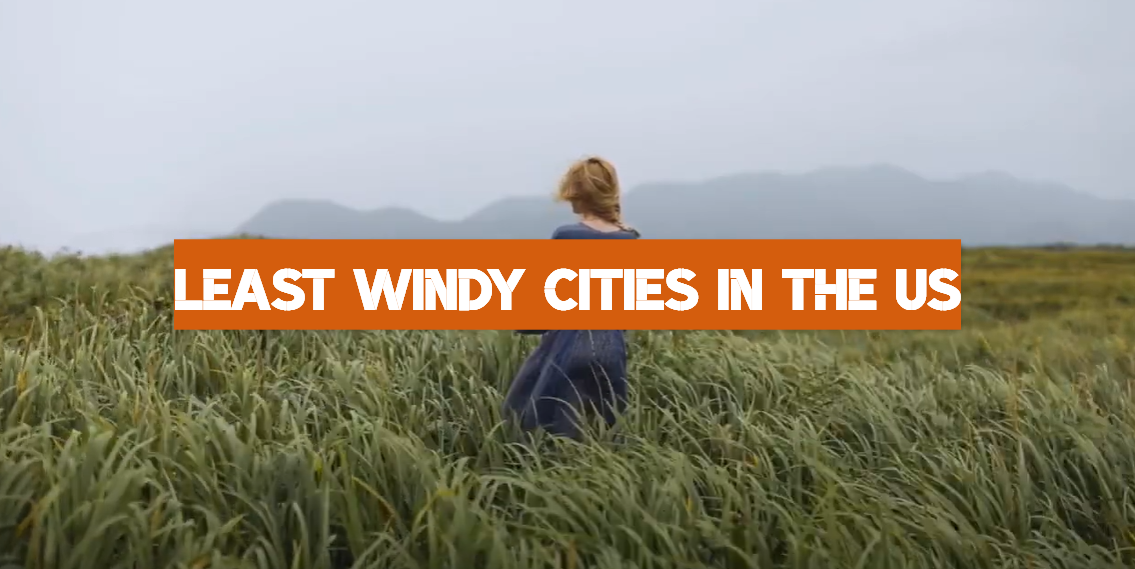
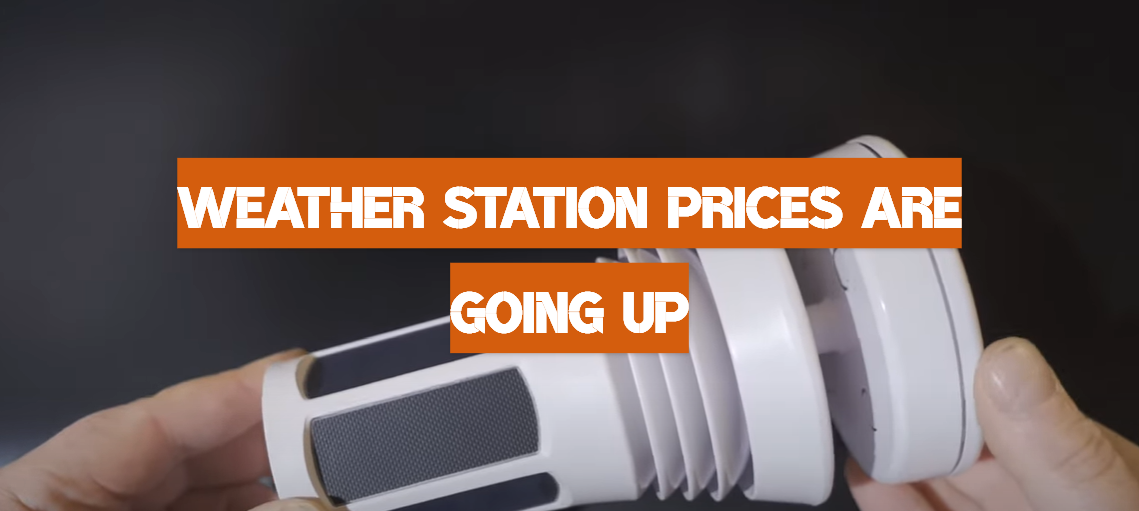
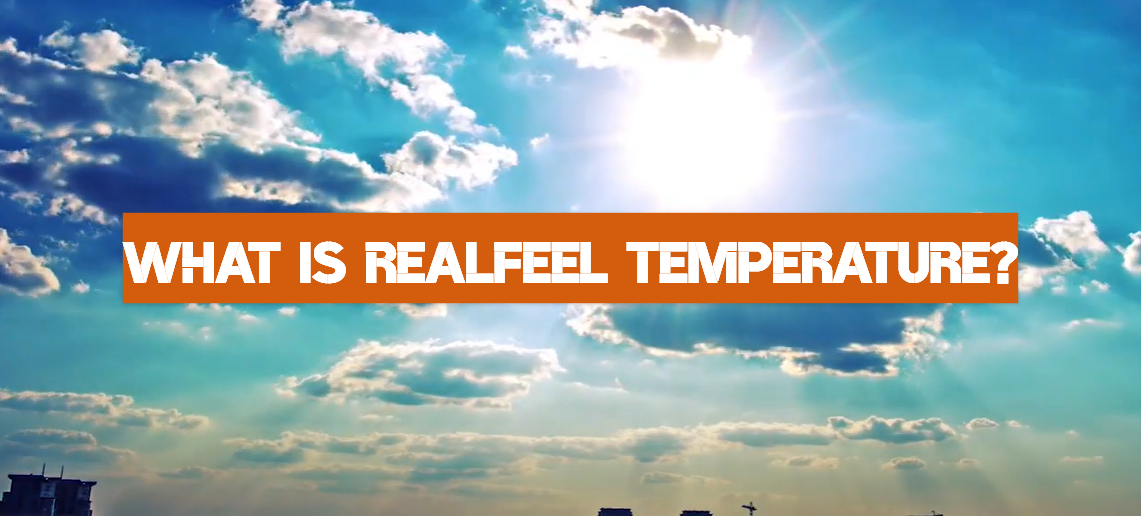
Leave a Reply